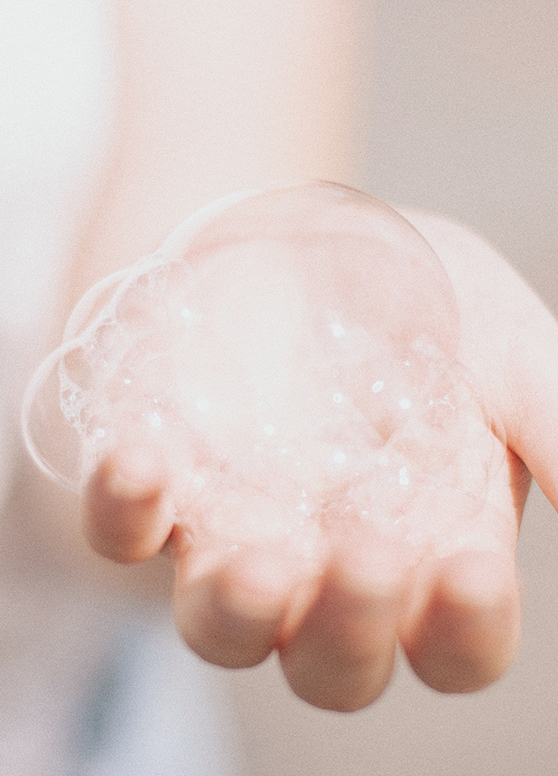
APRIL 23, 2020 / Skincare
Retinol, What’s The Hype?

There are a lot of things on the market that target “anti aging.” I don’t like to use that terminology because there’s no way of actually preventing the process. However, incorporating a retinol or retinoid in your daily routine can help slow this process down. Meet your new best friend!

What You Need To Know About Retinoic Acid
Retinoic Acid is the shining star of this Vitamin A family, because of its potency and many benefits for the skin.
Retinoic acid derivatives include Adapalene, Tretinoin, and Tazarotene, all of which are FDA approved drugs for safety and efficacy.
These drugs have the longest standing studies for acne and anti-aging benefits.
Studies show they are proven to improve cell turnover rate, aid in skin hydration, boost collagen production, improve the appearance of fine lines and wrinkles, as well as removing sun damaged skin cells.
Adapalene, the only one sold over the counter, is the mildest form of the three, offering you the same benefits, with less irritation than the others.
Differin is the most common Adapalene brand. Adapalene is targeted for acne, but can also be used for fine lines and wrinkles as well.
It’s a great option to incorporate into your night time skin care routine without the hassle of going to the doctor.
So What Is Retinol?
Retinol is one of many Vitamin A derivatives. These are cosmeceuticals you can find in all kinds of different creams and serums right over the counter.
They are ideal for people who can’t tolerate retinoic acid or who have never used a Vitamin A product before and would like to introduce it.
These derivatives offer almost the same degree of benefits, but will take longer to show results because they are weaker.
They can help improve fine lines and wrinkles and have some anti-aging benefits as well.
Retinol and Retinaldehyde are the most popular.
One key difference between retinoids and retinol, is that it works immediately once you apply to the skin. Retinols on the other hand oxidize on the skin to convert to retinoic acid. This process is slower and less efficient. While studies show they penetrate the skin, we don’t know how much and not all of it is converted.
Nonetheless, they’re a great alternative and are loved.
How To Use Adapalene
Adapalene, is something you want to use at night.
On a clean face, apply a basic moisturizer and let it dry. This creates a barrier, reducing irritation and dryness.
Apply a pea size amount to your finger and dot it on your cheeks and forehead.
Make sure you are not getting too close to your eyes or mouth, these areas will dry and flake easily.
Start out using it 2 times a week, then build up to three until you can eventually tolerate it every night.
You can expect to see mild results quickly. Don’t get discouraged by the dryness at first.
The longer you stick it out, the more you’ll benefit in the long run.
It’s important to use a basic moisturizer and cleanser when using Adapalene. You don’t want to use other acids at the same time, as this can further irritation.
How To Use A Retinol
Retinols should be apart of your nighttime routine.
After cleaning your skin, with a basic gentle cleanser. Apply a moisturizer to damp skin, make sure its a basic moisturizers nothing with actives in it. Let dry completely. Once dried, apply a dot to your forehead and both cheeks. Spread the retinol around your face, avoiding around the eyes and the mouth.
Applying moisturizer before retinol yields irritation. The retinol will still penetrate your skin if applied last so no need to worry about that.


Retinol Recommendations
With Love,
Nicole
Share It:
